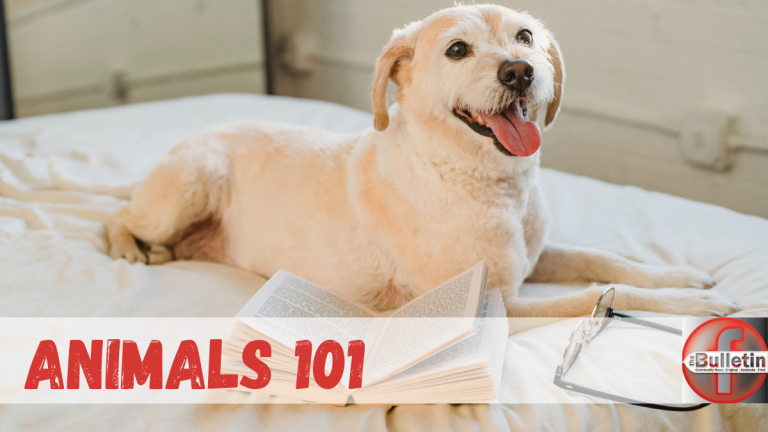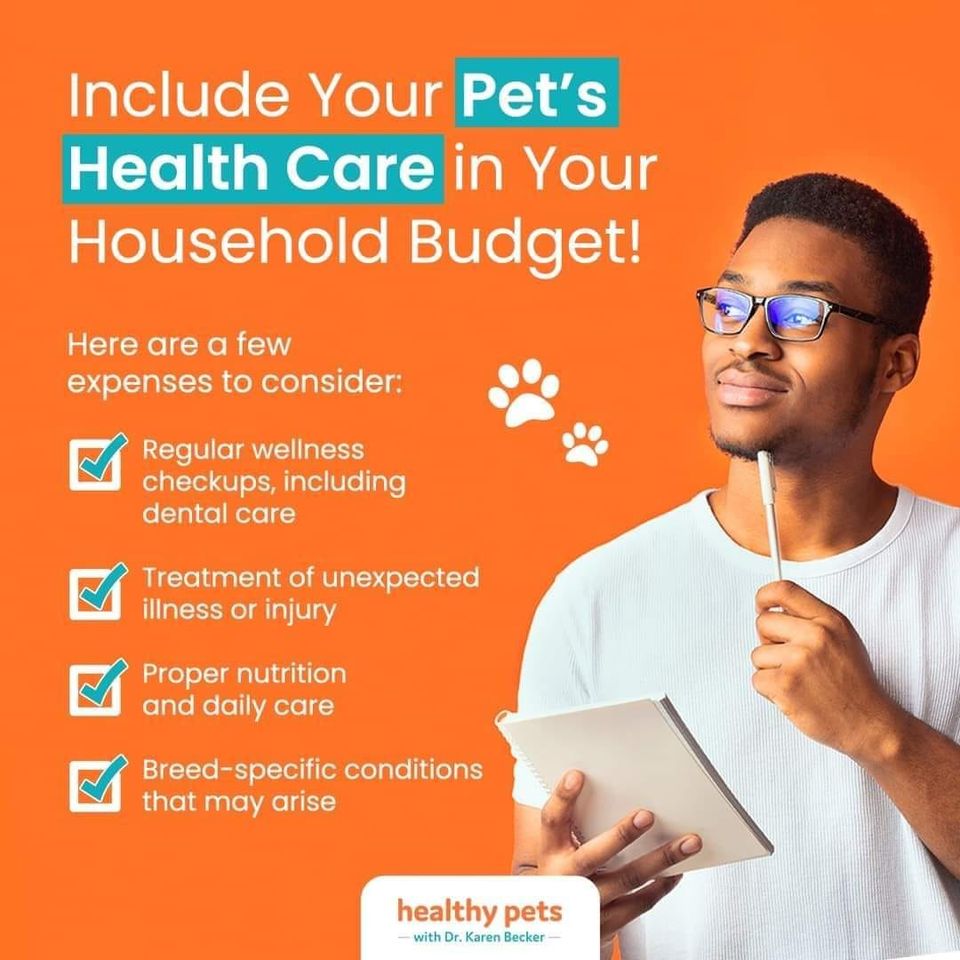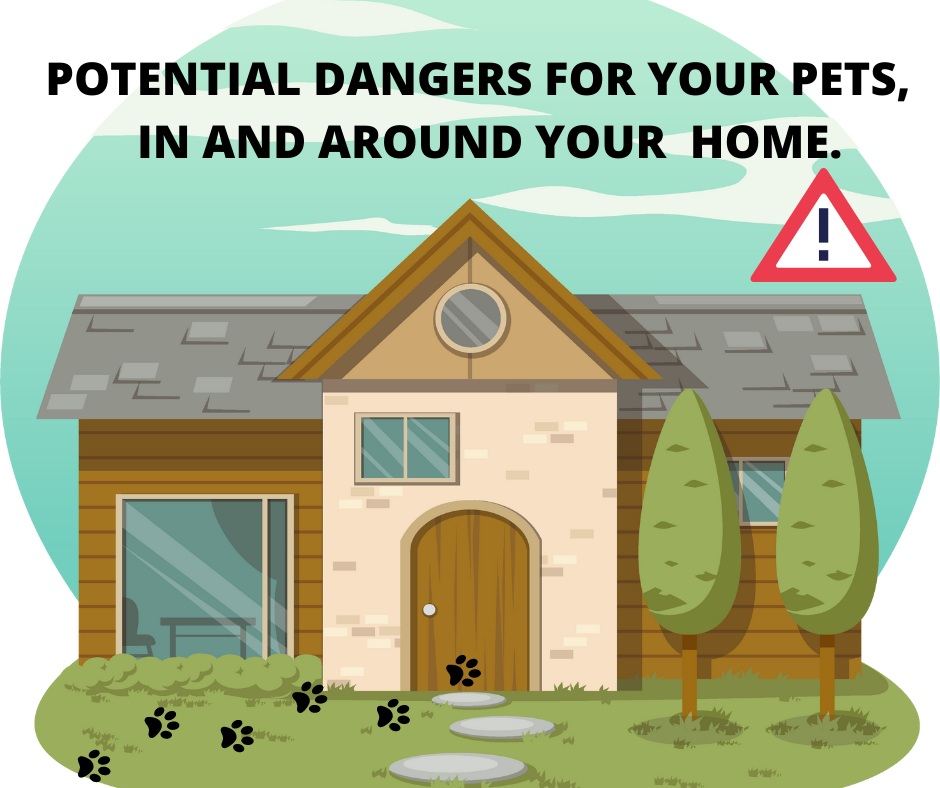
PROACTIVE STRATEGIES TO CUT DOWN ON VETERINARY COSTS.
As a pet owner, it’s important to understand that all veterinary practices have unavoidable built-in costs, and when choosing a provider, the cost is just one of many variables you should consider. When you’re creating your household budget, it makes sense to include pet health care expenses and emergency funds as well as to be as proactive as possible when it comes to preventing lifestyle-related diseases.
- Consider pet insurance.
- Safe a bit every month.
- Get involved in animal welfare. Volunteer your time. This way you can build great relationships which can come in handy in an emergency.
- Annual vet checks are crucial.
- Be proactive.

This article is a reprint and was first published on 09/03/2022.
TOP PROACTIVE STRATEGIES TO AVOID BIG VET BILLS.
- Dental checks — if you see any plaque and tartar accumulating on your pet’s teeth start an at-home dental hygiene routine. Unaddressed oral issues are a common reason for super-expensive veterinary dental procedures so preventing them from occurring can save you thousands, over time.
- Examine your pet’s ears — animal ear canals should be like yours, clean and dry. Remove accumulating debris or wax daily, or however often is needed to keep your pet’s ears in pristine condition.
- Examine your pet’s eyes — remove accumulating debris as it forms with a damp cloth and keep the hair trimmed short around the eyes to avoid matting and secondary moist pyodermas (skin infections).
- Lumps and bumps inventory — run your hands over your pet’s body weekly and keep an at-home body and skin chart. Note the date, location, and size of any new skin tags, warts, lumps, or bumps. Update your pet’s body chart as things change and if you see rapid changes, it’s time for a well-justified vet exam.
- Monitor bowels daily — catching changes in your pet’s stools the minute they happen allows you to immediately address them with some home remedies from a veterinarian and dietary adjustments that oftentimes prevent a trip to the vet.
- Monitor your pet’s weight at home — weigh yourself, then weigh yourself holding your animal. This gives you some idea if your pet is headed up or down the scale; certainly not exact, but you’ll get some idea about how you need to adjust the upcoming weeks’ calories. Maintaining your pet’s weight reduces the potential for a multitude of diseases.
- Range of Motion check-in — your animal needs a lot of daily activity to maintain the resiliency of their muscle mass, ligaments, tendons and overall strength. If you find your animal is moving even slightly slower, is hesitant to climb stairs, or to join you on the couch, address this change immediately.
- Proper grooming – do regular grooming, including keeping them clean (don’t wash too often), combing them regularly and keeping their nails trimmed.
- Provide enrichment – exercise regularly and meet both your pet’s physical and emotional needs. Strive for at least 30 minutes of intense and interesting physical activity a day and play games which engage them mentally.
- Observe body language – when you can spot the changes in their body language and behaviour, you can act immediately when something is off. With any behaviour changes, it is important to rule out health problems, by visiting your trusted veterinarian.
- Have a home emergency kit – having the right tools to treat small injuries can prevent it from getting worse or from becoming infected later.
- Supervision – when eating bones (not as food, only recreational), when swimming and playing with new or hazardous toys.
- Keep them safe in your secure yard – avoid potential injuries caused by other people, other animals, ingestion or being hit by a car when they escape out of the yard.
- Keep health treatments up-to-date – vaccinations against dangerous illnesses, tick and flea treatments and regular deworming can prevent unnecessary and expensive trips to the vet.
- Protection against extreme weather – follow out tips for pets in summer and winter.
- Be aware of certain holiday hazards – Halloween, Christmas and New Year.
- Spaying and neutering – Sterilizing your pets can help cut down on vet costs by preventing reproductive and other health issues, reducing the risk of roaming and fighting injuries, and preventing unplanned litters or pregnancy complications. These procedures not only save money on potential veterinary treatments for reproductive issues and injuries but also contribute to overall pet health and welfare, making them a worthwhile investment for both pet owners and society as a whole.
Also read why we can’t save them all.

IN ADDITION (Dr. Karen Becker)
Apart from tracking weekly changes in your pet’s health, investigating and thoroughly understanding any current health issues is critical to your effective alignment with your loved ones’ prescribed protocols.
- Assessing water and air quality — are the chemicals being filtered out of the tap or well water my pet drinks?
- How many chemically off-gassing fabrics, upholstery, furniture and carpet is my pet exposed to, and am I offering a means of detoxification?
- Are there chemical endocrine disrupters routinely present in the home? Food stored in plastic bags? Does my pet chew plastic toys? Room sprays, plug-ins, or heavily scented candles often used?
- Does my animal have exposure to lawn chemicals or household extermination chemicals that can negatively affect their health?
- Do I know where the ingredients in my pet’s food come from and do I feel confident my animal is getting all the nutrition they need to thrive with what I’m currently feeding? What percentage of my animal’s diet is ultra-processed versus unprocessed, real, fresh food? How many times were the ingredients in the food my animal is eating heated? (Each time nutrients are heated AGEs form, which contributes to many chronic disease processes).
- Flea and tick pesticides are expensive and have potential side effects; have I assessed my animal’s unique exposure risks for my location.
- Am I checking vital organ function annually to assure myself my animal is as healthy on the inside as they appear to be on the outside? The only way to address disease is to identify it as soon as possible, proactive bloodwork is critical to the wellness process.
- Don’t follow home remedies from unqualified individuals on the internet.
- For emergencies, learn pet CPR and how to help a choking animal. Have an emergency poison treatment pack as part of your first aid kit.
If there are health concerns or sudden changes, always consult your Vet! After receiving a diagnosis, the goal is to co-create a viable treatment or quality of life plan you feel confident and comfortable executing at home.
Remember neglect and not providing medical care, when necessary, can be considered animal cruelty! They are your responsibility!
All of this revolves around you having an adequate knowledge base about what’s going on in your animal’s body to make good choices, and that only happens by educating yourself.
Next week we will look at strategies to improve your vet visits.
WHEN YOU KNOW BETTER, DO BETTER!